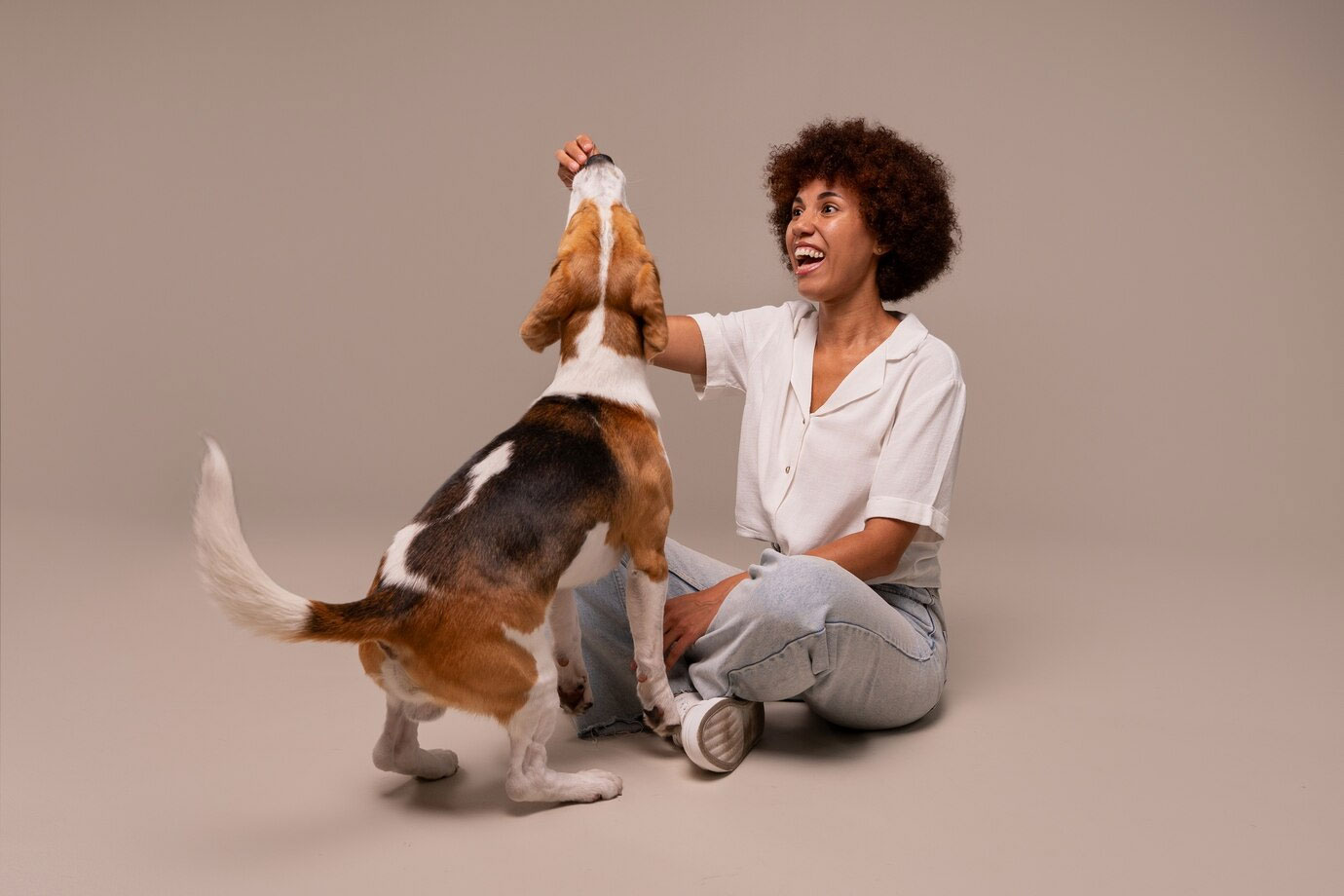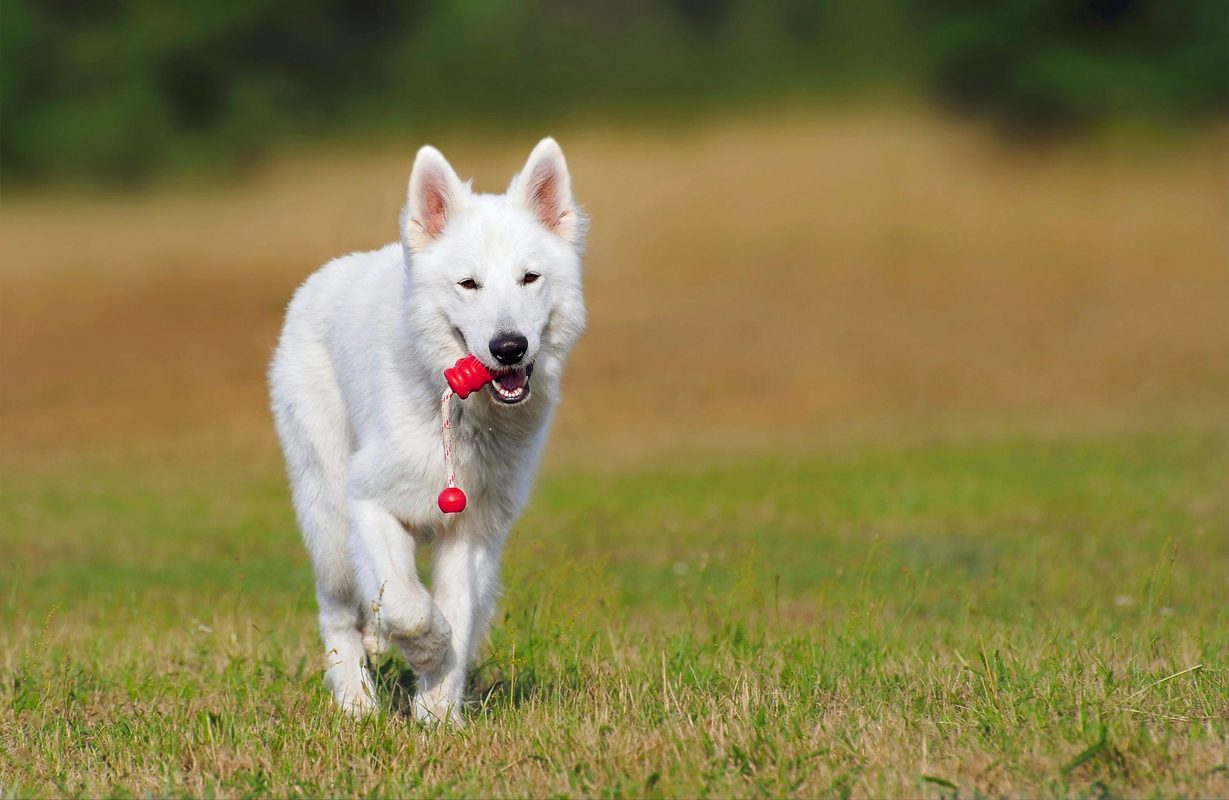Dogs play for several reasons, and this behavior is rooted in both their evolutionary history and their social nature. Here are some key reasons why dogs engage in play:
- Social Interaction
- Bonding: Play helps dogs bond with each other and with humans. It strengthens social ties and fosters positive relationships.
- Communication: Through play, dogs learn to communicate with one another, understanding signals and body language that indicate different intentions and emotions.
- Physical Exercise
- Energy Release: Play provides an outlet for dogs to expend their energy, helping to keep them physically fit and reducing the likelihood of behavioral problems that arise from boredom and excess energy.
- Motor Skills: Activities like chasing, fetching, and wrestling help dogs develop and maintain their motor skills and coordination.
- Mental Stimulation
- Problem-Solving: Interactive play, such as puzzle toys or games that require strategic thinking, stimulates a dog’s mind and can improve their problem-solving abilities.
- Learning: Puppies and young dogs, in particular, use play to explore their environment and learn about the world around them.
- Stress Relief
- Relaxation: Play can be a form of stress relief for dogs, helping to reduce anxiety and promote overall well-being.
- Fun and Enjoyment: Just like humans, dogs play simply because it is enjoyable. The fun and excitement of play can lead to feelings of happiness and contentment.
- Natural Instincts
- Hunting Behaviors: Many play activities mimic hunting behaviors, such as stalking, pouncing, and chasing. These activities allow dogs to express their natural instincts in a safe and controlled environment.
- Pack Behavior: Play often replicates the social dynamics of a pack, allowing dogs to practice social roles and hierarchies.
Understanding these reasons can help pet owners engage their dogs in meaningful and enjoyable play activities that cater to their physical, mental, and emotional needs.

Four tips to help you train your dog
- Establish a Routine
- Consistency: Dogs thrive on routine. Establish regular training times each day and stick to them. This helps your dog understand what to expect and when to expect it.
- Short Sessions: Keep training sessions short, around 5-10 minutes each, to maintain your dog’s attention and avoid overwhelming them.
- Use Positive Reinforcement
- Rewards: Reward your dog with treats, praise, and affection when they perform a desired behavior. This encourages them to repeat the behavior.
- Timing: Give the reward immediately after the behavior to ensure your dog associates the action with the positive outcome.
- Be Patient and Persistent
- Patience: Training takes time and every dog learns at their own pace. Be patient and avoid getting frustrated if progress seems slow.
- Persistence: Consistently reinforce commands and behaviors, even if your dog seems to understand them. Regular practice is key to solidifying training.
- Socialize Your Dog
- Exposure to Different Environments: Gradually introduce your dog to new places, people, and other animals to build their confidence and reduce anxiety.
- Controlled Interactions: Arrange positive, controlled social interactions with other dogs and people to teach your dog how to behave in various situations.
These tips will help you establish a strong foundation for training your dog, leading to a well-behaved and happy pet.
Share :
Share on facebook
Share on twitter
Share on linkedin
Post Categories
Popular Post
Analysing Potential Problem
August 25, 2021
Keeping Them Purr-fect
August 25, 2021
Puppy’s First Grooming
August 25, 2021














